As the world around us becomes more and more digital, it’s easy to think that more traditional marketing channels, like direct mail, are becoming obsolete. In fact, what we’re seeing is that the more digital noise there is, the more effective having something tangible and physical is at grabbing attention and connecting with audiences. Even knowing its effectiveness, marketeers are still put off by direct mail because of the many misconceptions out there.
In this blog we’ll tackle some of the common misconceptions around offline marketing, and help you rethink your marketing.
It’s targeted.
This is perhaps the number one misconception out there, so many think that direct mail isn’t targeted, but it is. Campaigns are heavily informed by data, with many different fully GDPR compliant options available. You can identify people who have bought similar products to yours, find people who have a particular interest, and use profiled data like Mosaic and Acorn to target specific demographics. Through things like partnership insert campaigns, where your communications are packaged with already purchased items from other brands, you can have an advert that your audience is actively looking for and guaranteed to see, and it’s a great way to entice new customers in with discount codes and other introductory offers.
It’s trackable.
It’s never been more vital to prove ROI for every pound you’re spending. Many marketeers are put off by offline channels because they fear they won’t know if it’s delivering results or not. Naturally, digital marketing brings with it a whole host of data. When it comes to tracking, including page views, click-throughs, conversions and bounce rates, Google Analytics is hard to beat, giving you all you could dream of (and more!) For that reason, it may come as a surprise to learn that offline marketing also provides a whole host of tracking data to assess the effectiveness of your campaign.
Using unique tracking codes, matchback reporting, phone numbers and specific landing pages, we can track when, how and even who acted on your direct mail campaign. Doing this gives you pinpoint accuracy for tracking offline marketing campaigns – from viewing and response rates, through to conversion rates and cost per acquisition – basically you can easily see what’s going on with a direct mail campaign, you just have to do it right.
It’s beautiful.
When some people think of direct mail they often think of garish junk leaflets, but the reality is very different. OK so we might be biased here, but there’s nothing quite like something beautifully designed and printed. Offline marketing gives you a chance to show rather than tell about your brand. The textures, the feel, the look, it all helps reinforce your positioning and quality.
It’s effective.
The world has become saturated with digital interactions, meaning tangible experiences have become a novelty – especially for younger demographics. In an online space, ads are easily lost in a sea of attention-grabbing content – easily skipped and easily forgotten. Direct mail is a way of putting something physical in front of your audience for them to interact with when their attention is focused. It engages their sight, touch and even smell. Studies by Marketreach show that mail is 33% more engaging than email and 35% more engaging than social media advertising.
Not only does having something physical better engage audiences compared to many digital ads, it also has improved longevity and reach. The average lifespan of a direct mail advert across all industries is 7.75 days. Compare this to the lifespan of an email of 2 seconds.
It’s digitally integrated.
It’s time to bust another myth about direct mail; the fact that it can’t really integrate with online activity. Programmatic mail for example, is sent out automatically after being triggered by the customer performing a certain action online, usually abandoning a basket. Data shows that online shopping cart abandonment is as high as 88%, that’s a lot of missed revenue. By automatically sending a piece of direct mail, you can reignite their interest and give them that convincing push to convert. QR codes can create seamless transitions from your direct mail to online, you can even optimise your logo or a product to act in the same way a QR code does. By putting unique URL codes on your offline marketing, you can give certain audiences more personalised online experiences, as well as gathering digital metrics from your offline channels. Don’t treat direct mail as an “afterthought” or a “nice to have”, to be really effective it has to be integrated into your marketing mix properly
It’s got sustainable credentials.
Trying to minimise our negative impact on the environment is becoming increasingly important for every person, and every business. There’s no getting away from the fact that our industry involves using a lot of paper and produces CO2 emissions across both the production and transportation of direct mail items. However, there are measures you can take to make sure you’re activity is as sustainable as possible. You can use recycled or sustainably sourced materials; at PSE for example, we use partners and suppliers who are FSC or PEFC certified.
Carbon Balancing is another way that you can minimise the negative impact of your activity. We have introduced an opt-out surcharge to our campaigns, this surcharge goes directly to the World Land Trust, an international conservation charity that projects the world’s most biologically significant and threatened habitats. In just Q3 and Q4 of 2021 alone we offset 166,093 KG of carbon and preserved 99,341M2 of vulnerable land.
Finally, optimising your campaign to be as efficient as possible so you’re only sending what works, is another vital part of helping reduce waste.
It’s collaborative.
Think collabs are just for influencers? Think brands working together is just cringe-worthy exchanges on Twitter? Think again. Partnership marketing is a great way to target new customers, and is especially useful for brand or product launches. There are non-competitor brands out there who share your audience profile, and not just demographics but buying habits, lifestyle, income, interests etc. This provides an opportunity to establish a partnership, it’s about creating a mutually beneficial relationship between two brands. Options include brand collateral within a partners distribution, hosting partner collateral in your brand’s distribution or a swap of collateral where both partners host. Say for example if you were a brand selling houseplant delivery subscriptions, your audience would be the same profile as a brand selling gourmet vegan meal subscriptions. A partnership could be agreed where your marketing communications were packaged in their meal delivery boxes, and vice versa their communications could appear in your plant delivery boxes. This is a really cost effective way to find new customers as it allows you to “piggy back” on your partner’s established relationships with their customers.
It’s straightforward
Don’t worry if you don’t know every detail of postal services, or your foiling from your embossing. At PSE, we are dedicated to the details, and pride ourselves on our customer experience. We’ll keep you in the loop and guide you when needed so you always feel confident enough to make informed decisions, but you can also relax and let us handle all the difficult parts. This approach is why we’ve been trusted by brands like HelloFresh, Penelope Chilvers and Pact Coffeee for over 25 years for expert advice and delivery of offline marketing.
So now you know how effective and simple offline marketing can be, get in touch and see how we can help you get the most from it.




